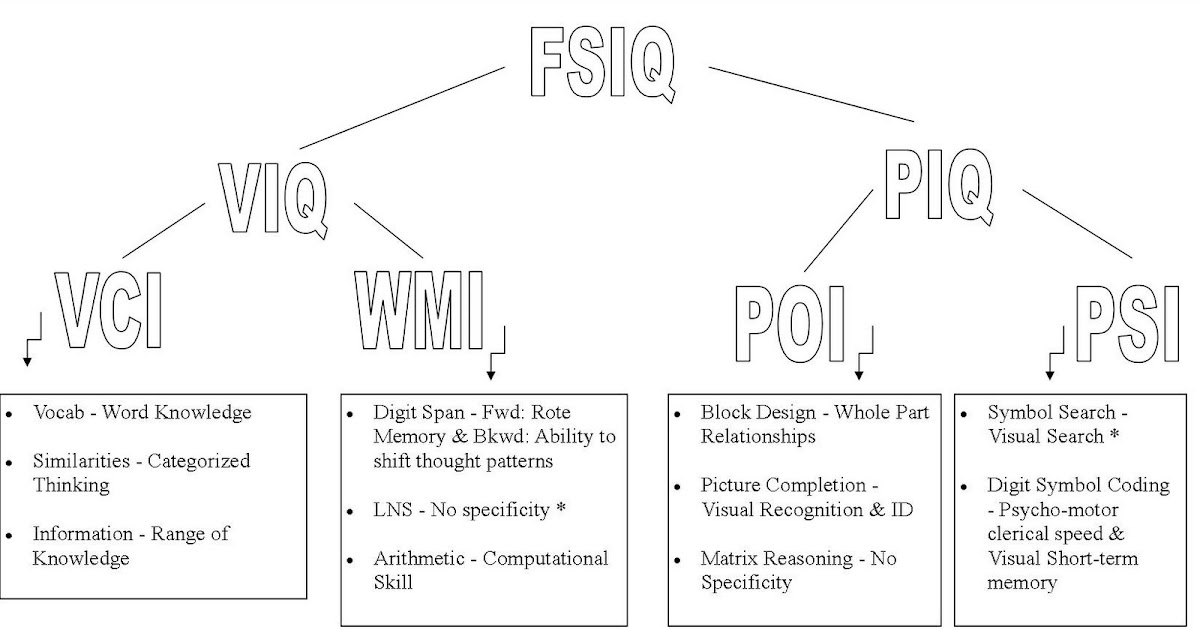vermilion
#1 celebrity of the forum
-
- Joined
- Mar 5, 2022
- Posts
- 719
A brief explanation of how IQ works.
 Intelligence Quotient measures general cognitive capacity, which accounts for a large part of intelligence—not all of it, because intelligence cannot be fully measured. This general cognitive capacity is referred to as the g factor.
Intelligence Quotient measures general cognitive capacity, which accounts for a large part of intelligence—not all of it, because intelligence cannot be fully measured. This general cognitive capacity is referred to as the g factor.
An IQ result is simply an estimation of one's general cognitive capacity. In no way it explains everything. For example, an individual who weighs 200 is literally twice as heavy as an individual who weighs 100. On the other hand, an individual with an IQ of 140 is not literally twice as smart as an individual whose IQ is 70, even though the former individual is a lot smarter.

General cognitive capacity, or the g factor, is the ability to reason, learn, memorize, understand, identify patterns, process information, solve novel problems, think abstractly, and come up with new ideas.
Fluid intelligence is the biology-based facet of intelligence, whereas crystallized intelligence is the culture-based facet of intelligence.

Fluid intelligence is represented by nonverbal IQ; quantitative and genetic, whereas crystallized intelligence is represented by verbal IQ; knowledge acquired and communication skills.
Fluid intelligence peaks in early adulthood and starts a slow decline around age 25. It goes downhill from there. One can stave off the decline by exercising, preferably cardiovascular exercise and weight-lifting. Crystallized intelligence stays the same or increases with age. It peaks later in life and is usually measured by vocabulary.
2. A standard deviation is represented by 15 points of IQ. An individual with an IQ of 100 is average, an individual with an IQ of 115 is above average, an individual with an IQ of 130 is gifted, and an individual with an IQ of 130 or above is brilliant.
3. IQ is also commonly referred to as percentiles. A score of 130 is 98th percentile for IQ, which puts the individual on the 2% mark.
4. Regression to the mean is a statistical phenomenon that occurs once an extreme is reached. For example, bright couples may have children with an above average intelligence, but not as bright as themselves. Similarly, couples with an above average intelligence may have average children.
5. IQ is positively correlated with professional, educational, and financial success, life expectancy, and physical health.
An IQ result is simply an estimation of one's general cognitive capacity. In no way it explains everything. For example, an individual who weighs 200 is literally twice as heavy as an individual who weighs 100. On the other hand, an individual with an IQ of 140 is not literally twice as smart as an individual whose IQ is 70, even though the former individual is a lot smarter.
General cognitive capacity, or the g factor, is the ability to reason, learn, memorize, understand, identify patterns, process information, solve novel problems, think abstractly, and come up with new ideas.
Fluid intelligence is the biology-based facet of intelligence, whereas crystallized intelligence is the culture-based facet of intelligence.
Fluid intelligence is represented by nonverbal IQ; quantitative and genetic, whereas crystallized intelligence is represented by verbal IQ; knowledge acquired and communication skills.
Fluid intelligence peaks in early adulthood and starts a slow decline around age 25. It goes downhill from there. One can stave off the decline by exercising, preferably cardiovascular exercise and weight-lifting. Crystallized intelligence stays the same or increases with age. It peaks later in life and is usually measured by vocabulary.
A few facts about IQ

1. Most people fall in the middle, hence the term average. The number of people dwindles on the extremes.
2. A standard deviation is represented by 15 points of IQ. An individual with an IQ of 100 is average, an individual with an IQ of 115 is above average, an individual with an IQ of 130 is gifted, and an individual with an IQ of 130 or above is brilliant.
3. IQ is also commonly referred to as percentiles. A score of 130 is 98th percentile for IQ, which puts the individual on the 2% mark.
4. Regression to the mean is a statistical phenomenon that occurs once an extreme is reached. For example, bright couples may have children with an above average intelligence, but not as bright as themselves. Similarly, couples with an above average intelligence may have average children.
5. IQ is positively correlated with professional, educational, and financial success, life expectancy, and physical health.







